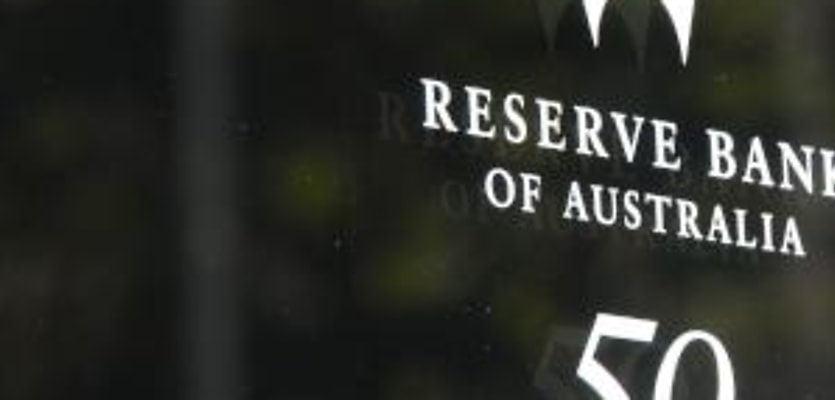The Reserve Bank of Australia has delivered the result of its monthly board meeting.
It came as little surprise that board members decided to leave the cash rate at a record-low 2 per cent, where it has been since May.
That was the result predicted by 31 of the 32 economists and commentators surveyed by comparison website finder.com.au.
Many observers, such as NAB chief economist Alan Oster, believe the RBA is still waiting to assess the impact of its February and May rate cuts, when the cash rate fell by a combined 0.50 per cent.
Indeed, 25 of the survey respondents forecast that the RBA would leave the cash rate on hold for the rest of the year.
Opinion is split on whether the next move in rates is likely to be up or down.
Some experts believe that the RBA will further lower the cash rate to stimulate the sluggish economy – especially as inflation is only running at 1.5 per cent, which is below the board’s targets band of 2 per cent to 3 per cent.
However, with interest rates at record-low levels, others believe the only way is up, especially as this would take some heat out of the Sydney and Melbourne housing markets.
John Caelli, general manager of markets at ME, said the RBA would need a strong case to reduce the cash rate given that authorities have voiced concern about the mortgage sector.
“That case doesn't currently exist with the key metrics of employment, inflation and the outlook for growth sufficiently benign to allow the Reserve Bank to wait for further data,” he said.
According to the finder.com.au survey, 53.1 per cent of respondents believe that rates will start rising in 2016.
However, Westpac chief economist Bill Evans said the cash rate would probably remain at 2 per cent until at least 2017.
“We are currently looking for some modest improvement in [economic] growth in 2016 back towards around 3 per cent, a level that would likely maintain steady rates,” he said.









You are not authorised to post comments.
Comments will undergo moderation before they get published.